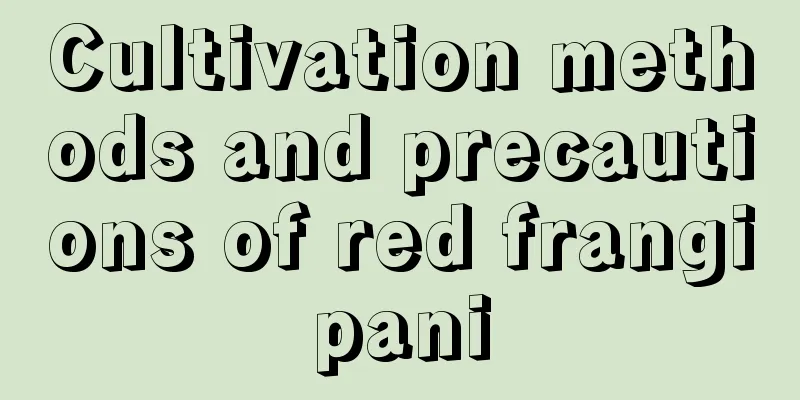Loquat planting conditions and regional climate requirements

Loquat Planting Conditions1. Temperature conditions: Loquat prefers a warm and humid climate environment. It can grow in places with an annual average temperature above 12 degrees, and grows best in places above 15 degrees. 2. Water conditions: Loquat needs a certain amount of rainfall and humid air when growing. Generally, in areas with an annual precipitation of 1000-1200 mm, if the rainfall is evenly distributed, it can grow normally. 3. Light conditions: Loquat is shade-tolerant, but if you want it to grow well, you need sufficient sunlight. Generally, during the seedling stage, appropriate shade is needed. After entering the fruiting period, at least 3 hours of light per day are needed. Loquat's growing environmentLoquat prefers a growing environment with sufficient light and a warm and humid climate. It is slightly cold-resistant but not severely cold-resistant. It grows relatively slowly. When caring for it, the average temperature needs to be kept above 12-15 degrees. In winter, it cannot be lower than minus 5 degrees, otherwise it will affect its growth and development. Loquat planting method1. Prepare the soil: When planting loquat, you need to mix humus soil, garden soil, sandy loam and a small amount of pine needles. This way, the soil will be loose and breathable and have a certain drainage capacity. 2. Seed treatment: Loquat seeds need to be processed before planting. They must be removed from the fruit, then cleaned and disinfected before planting. 3. Planting and maintenance: After processing the loquat seeds, you can plant them in the prepared soil. You can use the spot sowing method for planting. After planting, you need to cover them with a layer of soil and water them appropriately. |
<<: The climate and environment for the growth of kudzu root
>>: What kind of environment does Gardenia like for its growth characteristics?
Recommend
The difference between Spiraea hemp leaf and Spiraea golden flame
1. Difference of blades The leaves of Spiraea hem...
How to cultivate royal coconut
1. Soil Royal coconut is suitable for growing in ...
Cultivation methods and maintenance of old ginkgo stumps
How to grow ginkgo into an old pile Old ginkgo st...
Management of potted jasmine after cutting
Temperature management of potted jasmine The temp...
Can hydrangeas be planted in the yard?
Can hydrangeas be planted in the yard? Hydrangeas...
Which plants are not suitable for indoor placement?
Plants with thorns are not suitable for indoor pl...
Cultivation methods and precautions of Qinye Ficus
illumination Ficus microcarpa prefers an environm...
Phalaenopsis repotting time and method
Phalaenopsis repotting time It is recommended to ...
Winter jasmine price, winter jasmine picture
1. Price Forsythia is a common deciduous shrub an...
Narcissus Flower Language
Flower Language There are many varieties of daffo...
What is the best soil for juniper bonsai?
Juniper bonsai likes loose, breathable, deep, hum...
How to grow sweet potato seedlings
1. Seedling raising time The time for raising see...
How to divide the pots of Ji Xiaoju so that it can survive easily
When is the best time to divide the pots of Ji Xi...
Environmental conditions and characteristics of Flammulina velutipes growth
Environmental conditions and requirements for the...
How to grow the nine-death grass
Growing conditions of the herb The herb does not ...









